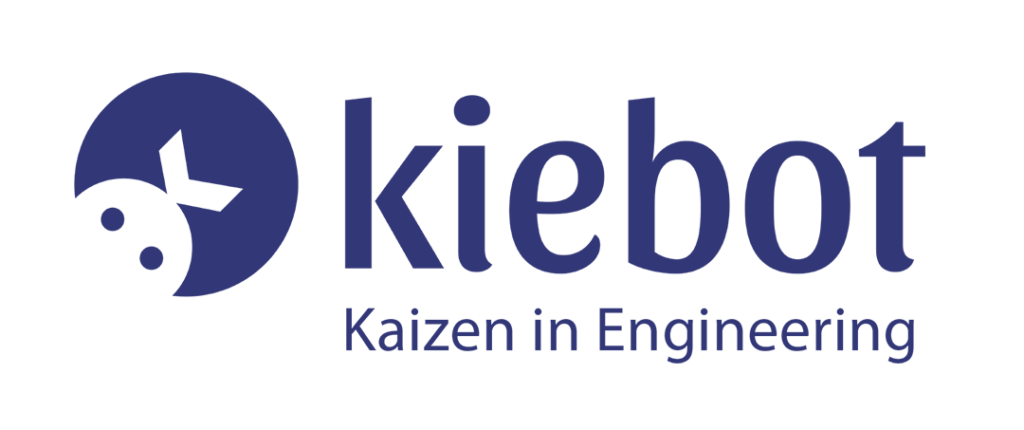BlockChain
BlockChain If you look inside your Laravel installation directory, you can see that there are two test subdirectories available. BLOGS Posted 2 years ago By Ameena (Application Developer) 2 years ago BlockChain – An Overview “Everything will be tokenized and connected by a blockchain one day – Fred Ehrsam”If you look inside your Laravel installation […]



